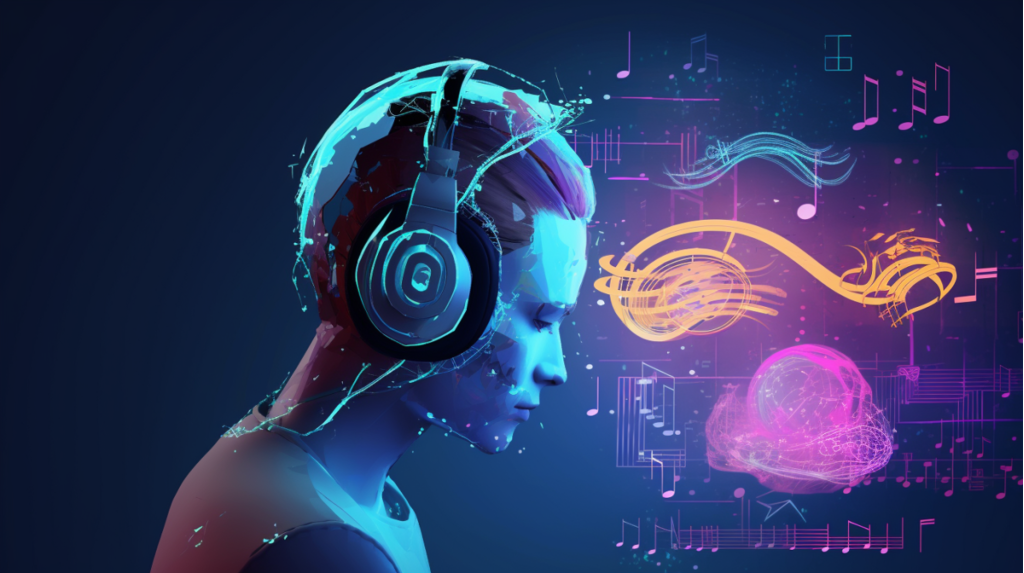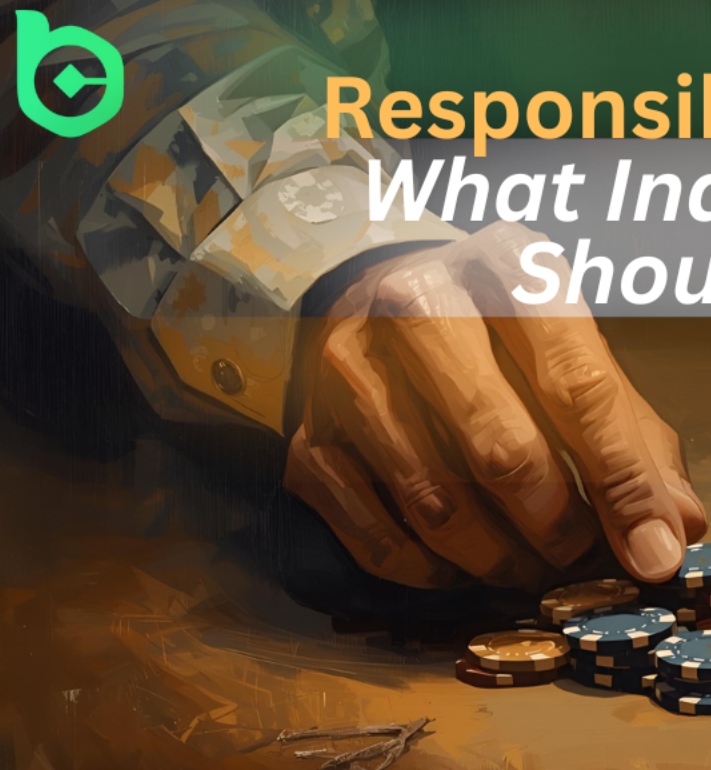
Why Music and Sound Design Are Key to Player Enjoyment
Have you ever noticed how much a game feels different when you mute the sound? Without music and sound effects, even the most colorful game can feel empty. That’s because sound plays a big role in how players connect with what’s happening on the screen. From cheerful background tunes to realistic footsteps, music and sound design create emotions, guide actions, and make every moment feel alive. Let’s talk about how these sounds make gaming much more enjoyable.
The Role of Music and Sound in Games
Sound is one of the strongest tools in any situs slot game. It builds the mood, gives feedback, and makes players feel part of the action. Music sets the tone from the very beginning. A calm melody makes players feel relaxed, while fast beats increase excitement. Sound design, on the other hand, includes all the effects — like footsteps, gunfire, coins, or the sound of the wind — that make a virtual environment feel real.
Every sound in a game serves a purpose. When a player moves, collects rewards, or finishes a mission, the audio cues make those actions feel more satisfying. Music and sound together help players enjoy every moment and stay focused for longer hours without even realizing it.
Building Emotions Through Music
Music is like a language of emotions. It helps express what visuals alone can’t. A soft background tune during a peaceful scene or a thrilling soundtrack during a battle makes players feel emotionally connected to what they’re experiencing. This emotional link keeps them interested and motivated to continue playing.
For example, when the music builds up during a challenge, players feel excitement rising inside them. When it slows down after a big victory, it gives them a moment to breathe and feel proud. These subtle shifts make the game experience richer and more personal. It’s the rhythm of the music that helps the player’s mood flow naturally with the game.
Creating Immersion Through Sound Effects
Sound design makes players feel like they are part of the action. Every click, step, and ambient noise contributes to that sense of being inside the game. Well-made sound effects turn simple actions into something more meaningful. Imagine hearing the crunch of gravel under your feet or the splash of water as you move through a stream. These small details bring a sense of life to the virtual space.
Good sound design also helps players understand their surroundings. For example, footsteps behind you can signal that something is approaching. The sound of wind, water, or city noise adds depth and realism to the experience. These elements make the environment more believable and help players stay connected throughout the game.
How Music Shapes the Gaming Experience
Music doesn’t just fill the silence; it gives rhythm to the game. It tells players when to relax, when to focus, and when to get ready for action. Without even realizing it, players adjust their pace and mood based on the soundtracks they hear. Music often reflects the story’s emotion, making players feel the same excitement, tension, or calmness as the characters in the game.
Games use music in different ways — sometimes to build suspense, sometimes to celebrate, and sometimes to relax the player. The balance between silence and sound is also important. Quiet moments help players focus, while bursts of sound create energy and excitement. Together, these elements keep the mind alert and emotionally involved.
Setting the Right Atmosphere
Music sets the tone for every scene. Fast-paced beats make challenges feel more exciting, while soothing tunes make exploration feel peaceful. The right background music can transport players into different moods instantly. It’s like being guided emotionally through the storyline without needing any words.
Different music styles also fit different game genres. Strategy games often use calm, thoughtful music to support concentration. Adventure or action games, on the other hand, use energetic tracks to create thrill and motivation. These sound choices make sure that players always feel emotionally in sync with what’s happening on screen.
Guiding Player Emotions and Actions
Sound and music guide players through the game just like visual cues do. A rising tone might signal an upcoming challenge, while a soft sound may mean success or progress. This guidance helps players react naturally, without having to read instructions all the time. It also adds a sense of flow and keeps the experience fun.
Some sounds, like a reward chime or a level-up tone, create a feeling of achievement. These sounds are satisfying because they connect effort with instant feedback. The brain enjoys this connection, which is why players feel motivated to keep going. Every positive sound tells the player that they’re doing something right.
Supporting Memory and Focus
Music and sound can also help with concentration. Many players say they perform better when they have background music that fits their playstyle. The rhythm of the music helps them stay focused and react faster. Repeated sounds, like familiar cues or background loops, help the brain remember actions and timing patterns easily.
When players hear certain sounds linked to success or progress, they start to associate those tones with positive results. Over time, this trains the mind to stay alert and confident during gameplay. That’s why music and sound are not just emotional tools — they also support mental focus.
The Human Connection to Sound
People naturally respond to sound. It’s one of the first senses we develop, and it affects how we think and feel. That’s why music and sound design play such an important part in gaming. They make experiences more emotional, interactive, and memorable.
When players talk about their favorite gaming moments, they often mention a piece of music or a sound effect that stuck in their minds. That’s because our brains link strong emotions to what we hear. The sound of victory, the calmness after a long mission, or the excitement of a chase all stay in memory for a long time.
Creating Identity Through Sound
Sound also gives games their personality. Some melodies or effects become instantly recognizable. Players can hear a short piece of music and immediately remember where it’s from. This makes the gaming experience more personal and unique. It helps players build an emotional connection with the game itself.
Game developers often focus on creating audio that reflects the setting and feeling of the story. This attention to sound gives the game a stronger identity and makes it easier for players to relate emotionally.
The Joy of Interactive Sound
One of the most interesting parts of gaming sound design is how interactive it is. Unlike in movies, where the music plays the same way every time, in games the sound can change depending on what the player does. This makes the experience dynamic and exciting. The sound reacts to your actions, giving a sense of control and involvement.
For example, when you move faster, the sound might change to match your speed. When you succeed in a task, the tone might rise. This interaction keeps the player emotionally active and connected to what they’re doing. It’s a small detail that makes gaming feel alive.
Conclusion
Music and sound design are truly the heartbeat of any game. They bring emotions, guide actions, and make the experience memorable. Every melody, beat, and sound effect adds value to how players connect with the game. It’s not just about what you see on the screen — it’s about what you hear that shapes the entire experience.
From setting the mood to helping focus, sound plays a role in every part of gaming. It creates excitement, builds emotional depth, and helps players stay connected for hours. The next time you play a game, take a moment to listen closely. You’ll realize that the sounds around you aren’t just background noise — they’re the reason the game feels so alive and enjoyable.




